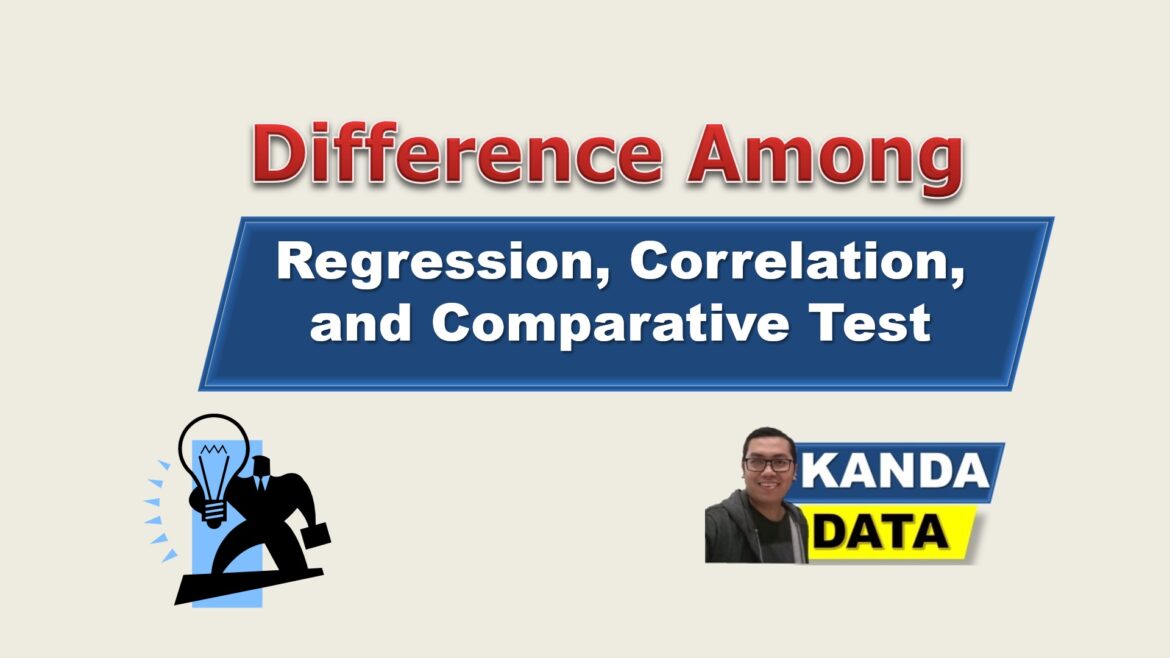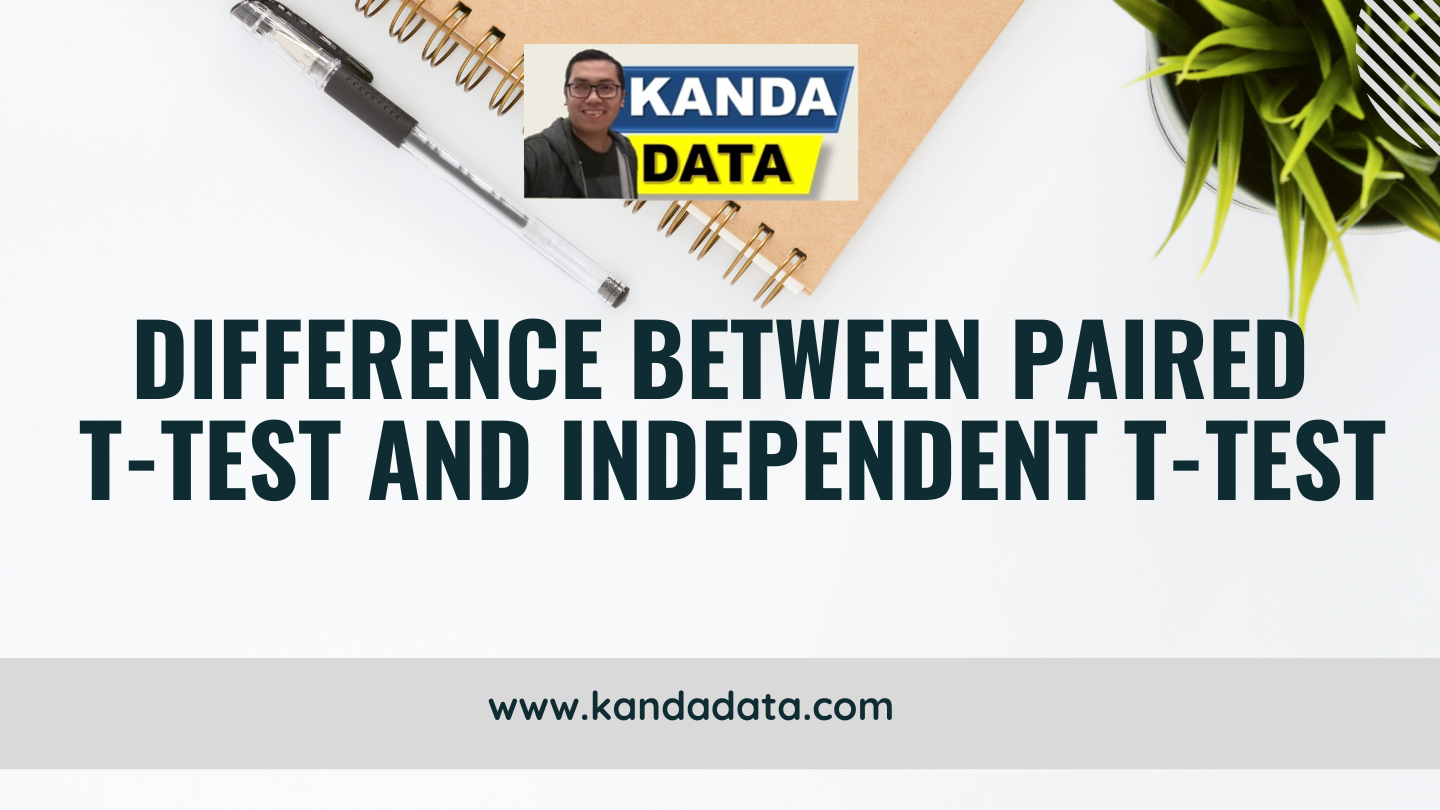Blog
Difference Among Regression, Correlation, and Comparative Test
The ability to understand statistical analysis is increasingly important for us. Researchers, practitioners, and students often use statistical analysis to process research results. In economics, agribusiness, and social sciences, we often observe the relationship of variables associated with each other.
The most frequently used analyses are regression, correlation, and comparative tests. Then the question is, when can we use regression? Likewise, what limitations or assumptions must be passed? We will discuss the differences between regression analysis, correlation, and comparative tests on this occasion.
1. Regression Analysis
Regression analysis is the most popular analysis used by researchers and students. Why are so many interested in choosing to use regression? Through regression analysis, more complex information can be obtained. However, behind these advantages, some assumptions must be passed.
What is the limit on when we can use linear regression analysis? Linear regression analysis is divided into 2, namely: simple linear regression analysis and multiple linear regression analysis. The difference is in the number of independent variables used. If there is only one independent variable, it is called simple linear regression. Then if the number of independent variables is two or more than 2, it is called multiple linear regression analysis.
So, what is the difference between regression analysis, correlation analysis, and comparative tests? Regression analysis is intended to determine the effect of one variable on other variables. In linear regression analysis, the regression equation consists of 2 types of variables, namely the dependent and independent variables. In the regression equation, the independent variable can be assumed to be the influencing variable, while the dependent variable is the affected variable.
Linear regression analysis can use the Ordinary Least Square (OLS) method in which some assumptions must be passed. The assumption test aims to obtain the best linear unbiased estimator model, namely the multicollinearity test, heteroscedasticity test, autocorrelation test, normality test, and linearity test.
2. Correlation Analysis
Correlation analysis is intended to see the relationship between the observed variables. In correlation analysis, the relationship is two-way. For example, labor has a significant relationship with output. Because it is two-way, labor correlates with the output when viewed from the side of labor. On the other hand, the output also correlates with the labor in terms of output variables. In contrast to regression analysis, for example, the labor variable has a significant effect on output, but the output does not necessarily have a significant effect on labor.
Correlation analysis contains at least three components of information that can be obtained, namely (a) do the observed variables have a significant relationship with a p-value below 5%?; (b) through correlation analysis, information on the strength of the relationship can also be obtained, whether it has a strong or weak correlation; and (c) the direction of the relationship, either positive or negative will provide beneficial information. The correlation coefficient, the closer to 1, the stronger the relationship, and the closer to zero, the weaker the relationship.
Before conducting a correlation analysis, there are essential things that need to be considered, namely the need to look at the measurement scale of the variable data. The data scale can be divided into 4, namely nominal, ordinal, interval, and ratio data scales. The following video can show how to distinguish each of these data scales in full (video in Indonesian, use translation in English).
If the data scale is a ratio, correlation analysis can use Pearson correlation analysis. However, if the data scale is ordinal, then the correlation used is Spearman rank correlation.
3. Comparative Test
The comparative test is another alternative besides regression analysis and correlation analysis. A comparative test is conducted to determine whether the mean value of one variable with another variable is significantly different. Comparative tests also need to pay attention to the scale of the data that will distinguish what types of different tests will be chosen. Comparative tests for one-sample variables and different tests with two samples can be carried out. Two-sample comparative tests can also be performed for both paired and unpaired samples.
An example of the stages of the comparative of paired sample t-test and how to interpret it can be seen in the following video (video in Indonesian, please use the translation in English):
An example of the stages of the comparative test for independent sample t-test and how to interpret it can be seen in the video below (video in Indonesian, please use English translation):
Based on the 3 points that have been presented, it will now become easy to understand when we use regression analysis, correlation analysis, and comparative tests. Hopefully, this short article can be helpful for you!

